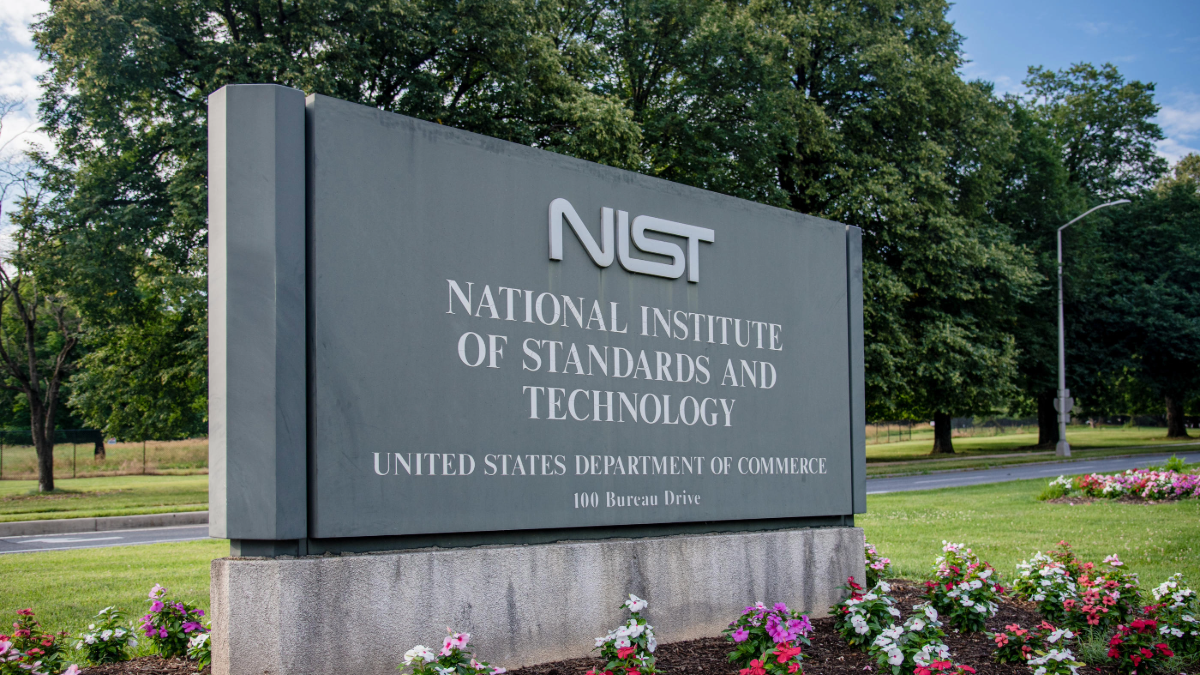NIST Needs an Independent Foundation to Support its Role in Shaping AI Policy
Clara Langevin / Sep 23, 2024
National Institute of Standards and Technology (NIST) headquarters in Gaithersburg, Maryland. J. Stoughton/NIST
The US Senate Committee on Commerce and Science recently debated ten proposed AI bills, ranging from adopting AI technologies to cementing the US leadership in AI standards setting. Seven of the bills defined new activities for the National Institute of Standards and Technology (NIST), a federal agency housed within the Department of Commerce (DOC) that, in recent years, has come to the forefront of AI policy.NIST is synonymous with rigorous research and efficient collaboration with academia, industry, and even international stakeholders for the creation of voluntary standards. But what can it do to more aggressively shape AI policy? Does it have enough support and resources to undertake all of its new AI-related activities?
In the US, currently AI governance largely relies on voluntary compliance. In contrast, other countries, such as the European Union and Brazil, are moving forward with legally binding AI regulations, complete with enforcement mechanisms. This contrast raises concerns about the effectiveness of the US approach to AI policy. Standards provide flexibility in AI governance, allowing innovation to flourish while offering guidance on best practices. They can be more easily updated to reflect rapid technological advancements while also going deep into sectoral and model-based resources, such as specific standards around generative AI.
Conversely, enforceable regulation offers legal backing, ensuring mandatory compliance, which can help mitigate risks and protect public safety more effectively. In some US states and cities, such as Colorado and New York City, laws are already being passed that mandate AI risk management and include penalties for non-compliance. This demonstrates that state and local governments are ready to move on specific aspects of AI regulation before the federal government. Down the line, this could create issues around harmonizing national laws on AI.
At this time, Congress is centering NIST’s important work on research and standardization as a cornerstone of US AI policy. While the Senate AI Policy Roadmap stipulates that specific sectors should have regulatory oversight, we are still left in the dark over which regulatory agencies will be protagonists, which enforcement mechanisms they will use, and how they will implement new regulations.
If the murky division between responsibilities and outputs isn’t enough, there is another obstacle to overcome: funding all this work.
The agency’s chronic underfunding undercuts the federal government’s reliance on NIST, and all these new AI-related activities will take place in facilities in poor condition. Facilities in Gaithersburg, MD, and Boulder, CO, with black mold and leaky roofs, have affected working conditions. According to a 2023 National Academies report, 63 percent of the research and 69 percent of the non-research facilities at both campuses fail to meet the DOC-established standard for acceptable building conditions. The report further states that NIST staff reported efficiency losses due to facility inadequacies, such as “functional deficiencies in meeting their environmental requirements for temperature and humidity, and of electrical systems for stability, interruptibility, and for life safety.”
Unfortunately, these gaps in funding also extend to NIST’s programs. In Fiscal Year 2025 (FY25), the Biden Administration requested around $1.5 billion in funding for NIST, including support for its AI Safety Institute program. However, Congress only enacted $1.157 billion, with over 25% of those funds earmarked. In fact, since FY22, NIST has consistently received less money than the Presidential Budget Requests indicated. In FY24, there were also high hopes that the CHIPS and Science Act would secure more NIST funding, especially its labs and industrial innovation programs. However, those were also highly earmarked, resulting in an almost $100 million reduction in funding for its core programs. The meager appropriations for NIST starkly contrast the aspirations that the federal government and Congress have laid out for this organization, which will need to build capacity to make good on its new AI responsibilities.
What if we build anew instead of piling all the above on NIST? An independent NIST foundation for AI would fundamentally improve our nation’s leadership potential. It’s an idea gaining traction.
My colleague at the Federation of American Scientists (FAS), Alex Srdanovic, published a policy memo on creating an independent foundation for NIST to support the agency’s mandate by creating flexible funding mechanisms and having more resources to bring up top talent. The Institute for Progress recently published a report on how a NIST Foundation can follow in the footsteps of other agency-associated foundations in providing much-needed funding for attracting and retaining top talent and coordinating public-private partnerships. Existing foundations, such as the Foundation for the National Institutes of Health (FNIH), the National Foundation for the Centers for Disease Control and Prevention (CDC Foundation), and the Foundation for Food and Agriculture Research (FFAR) associated with the US Department of Agriculture (USDA), have brought in $1.2 billion, $1.6 billion, and $124 million respectively since inception. The recently established Foundation for Energy Security and Innovation (FESI), authorized through part of the CHIPs and Science Act, will support the Department of Energy (DoE) by filling funding gaps and even moving towards the commercialization of some of the DoE’s research and development products to fund the department further.
Indeed, some members of Congress have taken up the mantle of creating a NIST foundation. The Expanding Partnerships for Innovation and Competitiveness (EPIC) Act, which Representative Haley Stevens (D-MI) introduced in June, could set up a similar foundation as FESI for NIST. Dozens of science and technology organizations, including FAS, endorsed this bill, and a bipartisan Senate companion bill was introduced in July. Since we are nearing the end of the 118th Congress, this conversation will likely continue in 2025.
Therefore, it is up to all of us in the US who have a stake in the safe and responsible development and deployment of AI to keep up the pressure and ensure that NIST gets all of the resources it needs to continue to bolster American innovation and shape the trustworthiness of this emerging technology.
Authors
